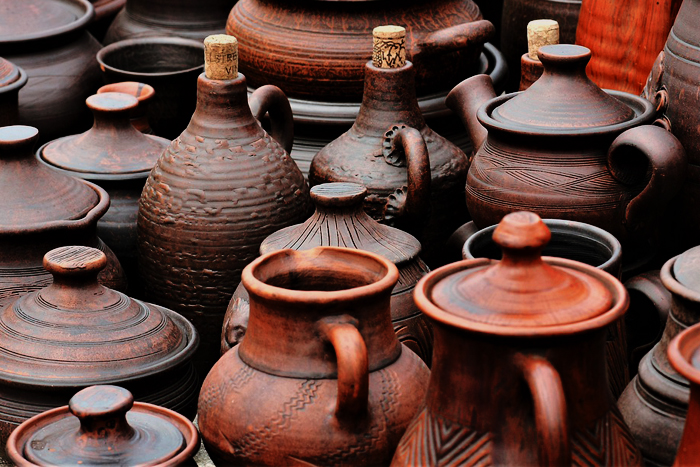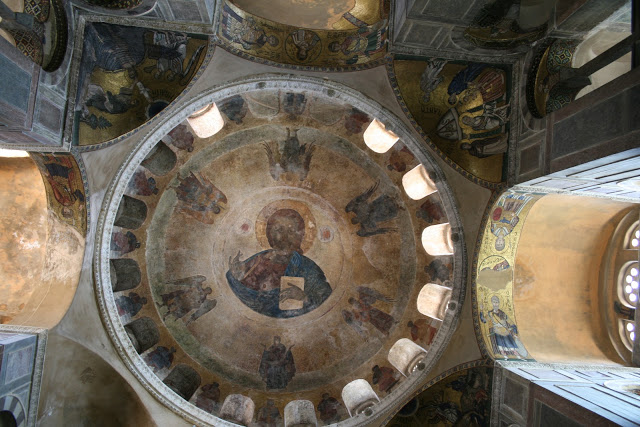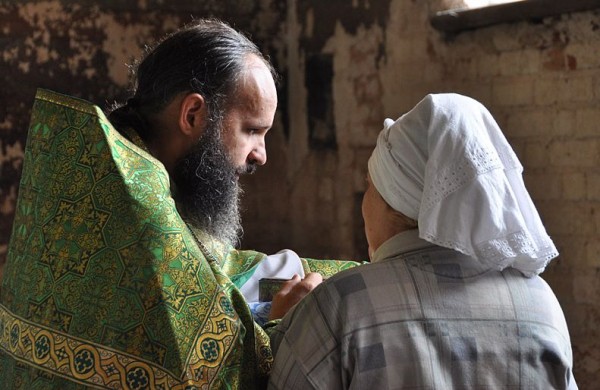
Lately, the Church commemorated St. Joseph Volotsky. He is one of the saints of the Russian Church, whose name is associated with the figure of another Russian saint, namely St. Nil Sorsky. Why do many believers think that these saints go hand in hand and at the same time appear to be opponents to each other? How did they differ in their views on the matters of monastic organization?
Nil Sorsky’s Position. In fact, the two saints belonged to two different monastic traditions. Nil Sorsky settled on living in a skete as the ideal way to live as a monk. Oversized and affluent coenobitic monasteries were not to the liking of the mystically-spirited Saint Nil. He rightly believed that such wealthy monasteries could prevent an ascetic from maintaining a strictly secluded and contemplative lifestyle. At the same time, St. Nil was also cautious about the idea of eremitic living because he believed that it was too difficult and dangerous. In his opinion, only the spiritually advanced elders who had become free from their passions and therefore were not at risk of spiritual death as a result of their ineptitude could walk this path. In addition, St. Nil thought that eremitic living was an obstacle to the fulfillment of the central commandment of Christianity, Love thy neighbor as thyself (Matthew 22:39). He chose a third type of monastic life, “the royal way”, i. e. communal living of a small group of monks (3 to 12 people) in a skete. Living in a skete in remote and dense forests did not presuppose monastery landownership; rather, monks had to eat the fruit of their own labor. On the whole, Nil Sorsky was a successor to the tradition of hesychasm, which he had become aware of while traveling to the monasteries of Mount Athos, as well as by studying the works of the Holy Fathers.
Joseph Volotsky’s Position. At the same time, the inner spiritual outlook of St. Joseph, the abbot of the Volokolamsk Monastery and a contemporary of St. Nil, was quite different. One can hardly say that Joseph was not an ascetic: his biography describes his meager diet, bad clothes, hard physical labor, and St. Joseph of Volotsk Monastery preserves his honorable chains to this day. Like Nil, Joseph was against monks having private property. Could it be otherwise, given that both monks took a vow of voluntary poverty? Unlike St. Nil, who advocated for absolute absence of monastery estates, Joseph was a proponent of strong and wealthy monasteries, which could feed not only the brethren, but also the poor, provide for orphans, help peasants, and engage in active educational and charitable activities. The Volokolamsk monastery was known to feed huge numbers of poor people every day, and was famous for its educational activity, which Moscow Rus needed so much.
Was There a Discord? While the saints were alive, they were never contrasted, despite their seemingly conflicting views on monastic property. It was the Russian liberal intelligentsia that first launched an excessive critique of the Josephites, seeing them as supporters of a strong imperial power, in contrast to the purely spiritual and state-independent movement of the Non-Possessors. This was why a persistent cliché was born about the alleged irreconcilability of the two currents of Russian monasticism and their rivalry. The truth is that both traditions, to which Joseph and Nil subscribed, came to Russia from Byzantium, and they complemented, rather than contradicted, each other. One tradition goes back to the secluded and contemplative life of St. Anthony the Great, while the other one is that of the founder of large coenobitic monasteries, St. Pachomius the Great. St. Nil’s goal was to continue the tradition of hesychasm, upheld by St. Gregory Palamas. St. Joseph’s goal was not some unattainable ascetic ideal, but rather teaching the brethren the basics of Christian virtues, instilling humility, practicing diligent work and church prayer. It is in this that the Charter of the Josephites (as the supporters of St. Joseph later began to be called) strongly resembles the good old Rules of St. Benedict of Nursia.
St. Nil Sorsky was known to hold the writings of the Volokolamsk abbot in high esteem, whereas the monks of St. Joseph’s monastery studied the heritage of St. Nil Sorsky thoroughly. The little data we have on the life of St. Nil came to us solely thanks to manuscripts found in the Volokolamsk Monastery. Ultimately, the position of the Josephites, whose monasteries not only were engaged in economic activity, but also were the source of cadres for the Russian Orthodox Church hierarchy, turned out to be more viable. Still, the contemplative experience of the disciples of the abbot of Sora didn’t disappear, either. It provided a fertile ground for large monasteries such as Optina Pustyn.
The canonization and widespread veneration of these two abbots suggests that monastic holiness is attainable within both traditions and that the Russian Church needs both large monastic centers of education and small monastic communities that favor contemplative life.



